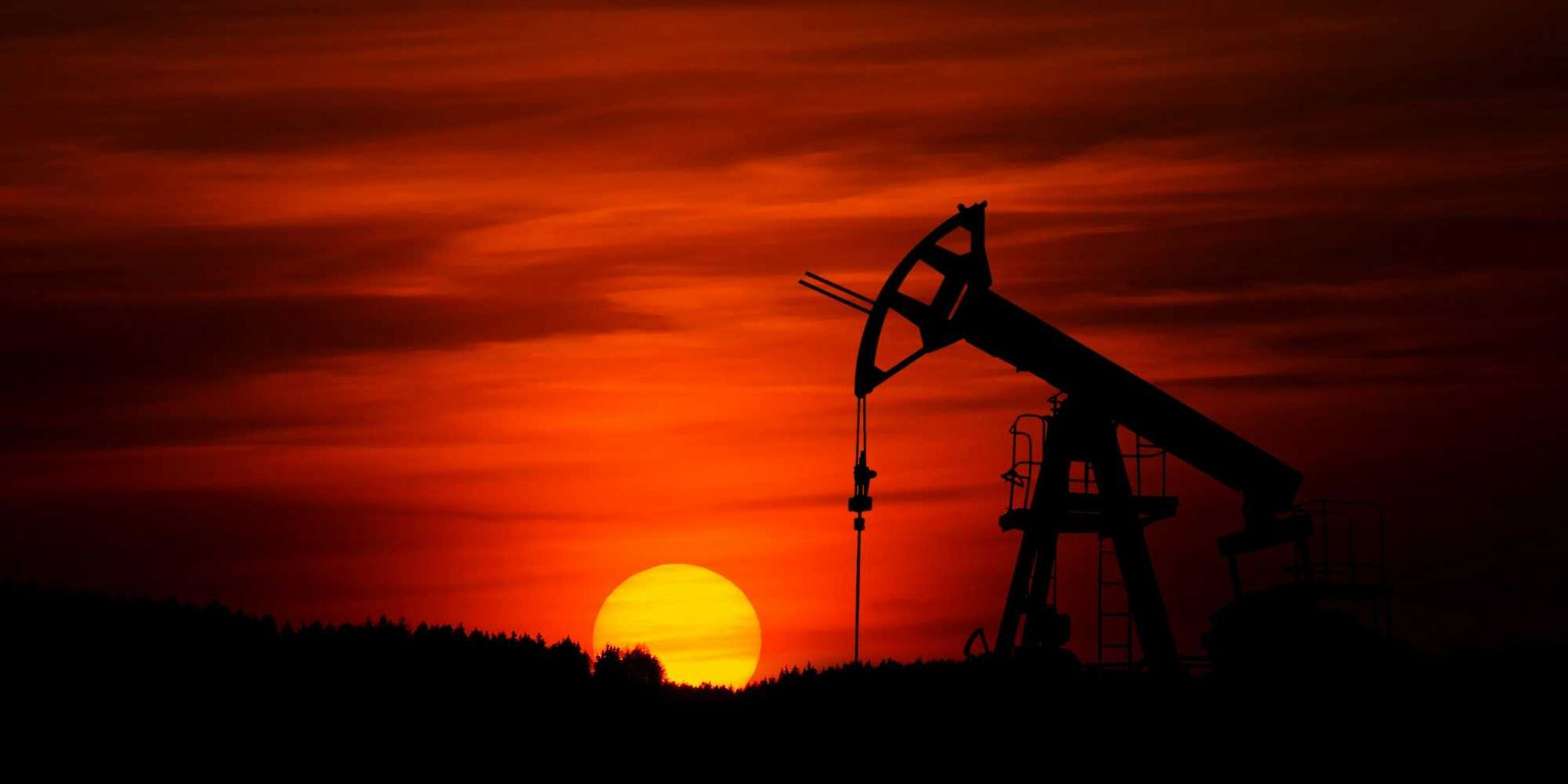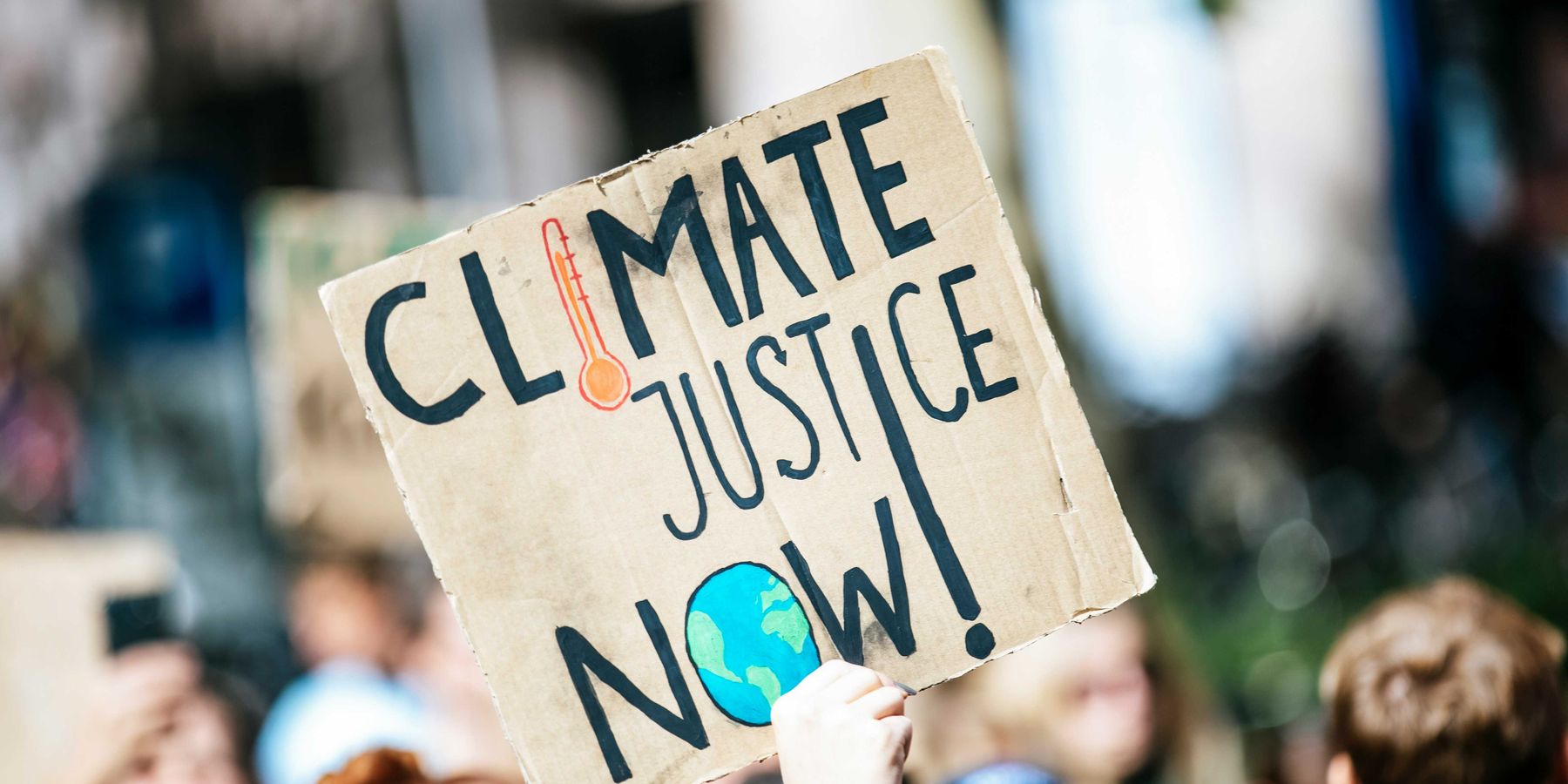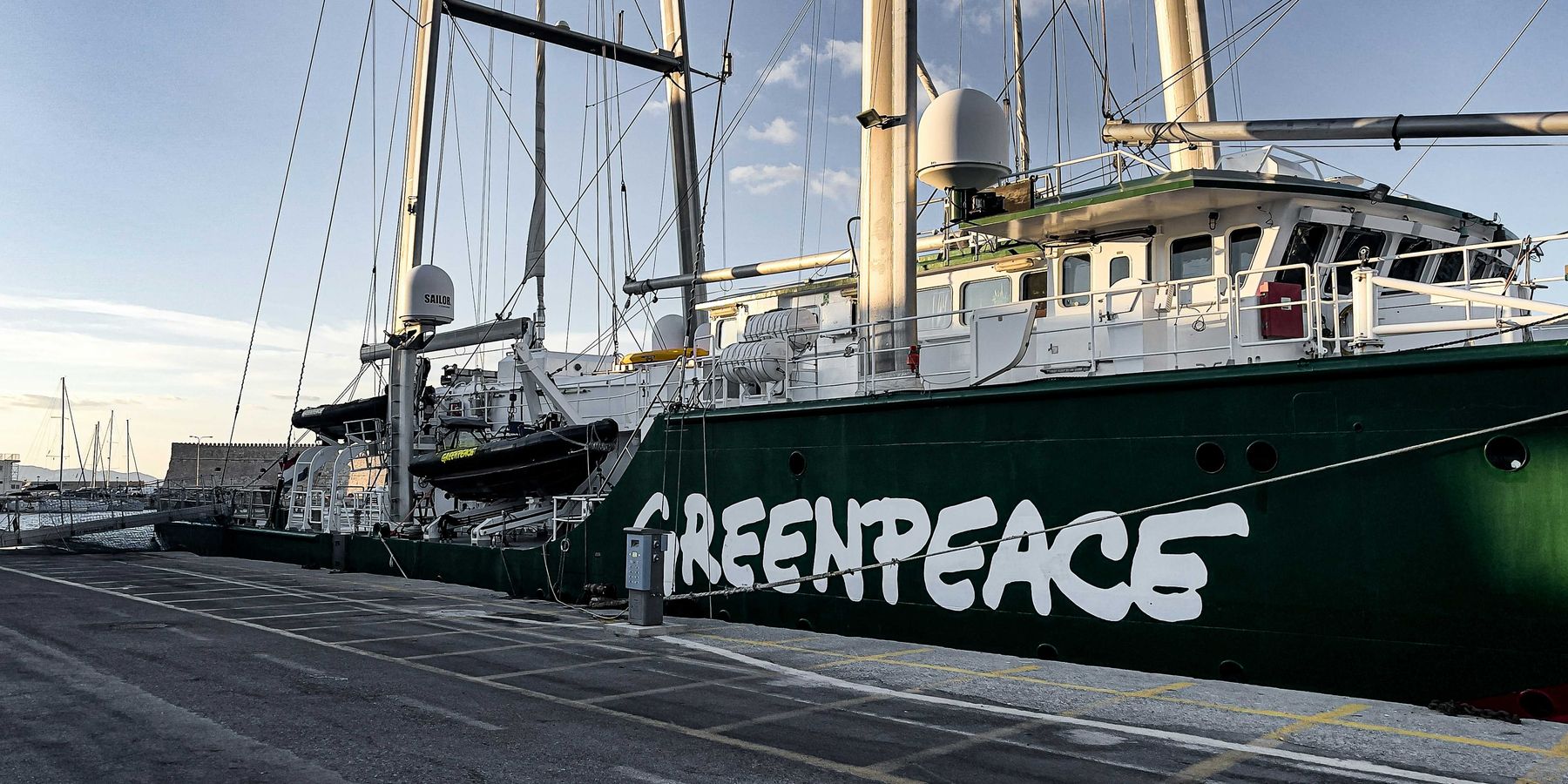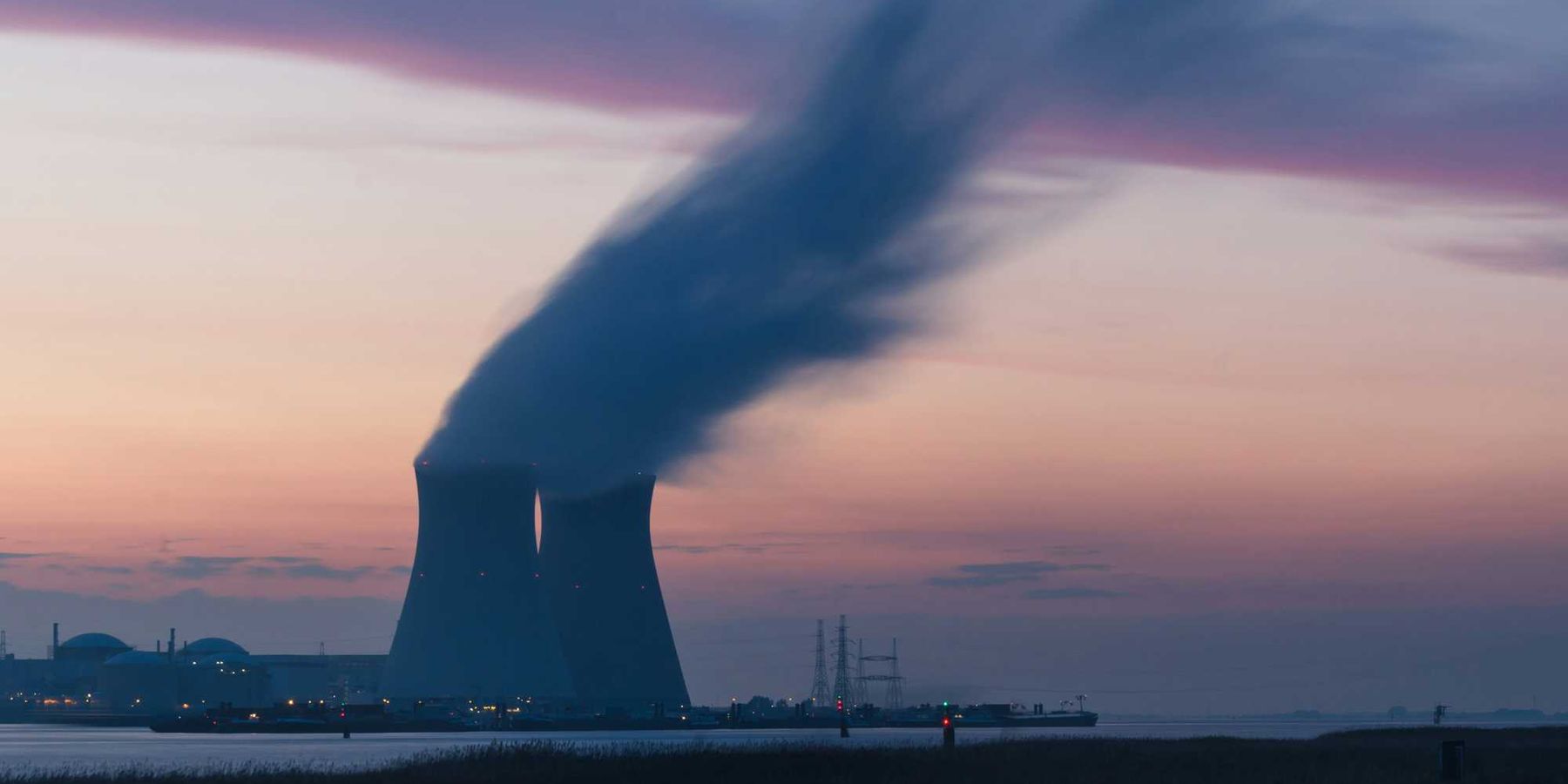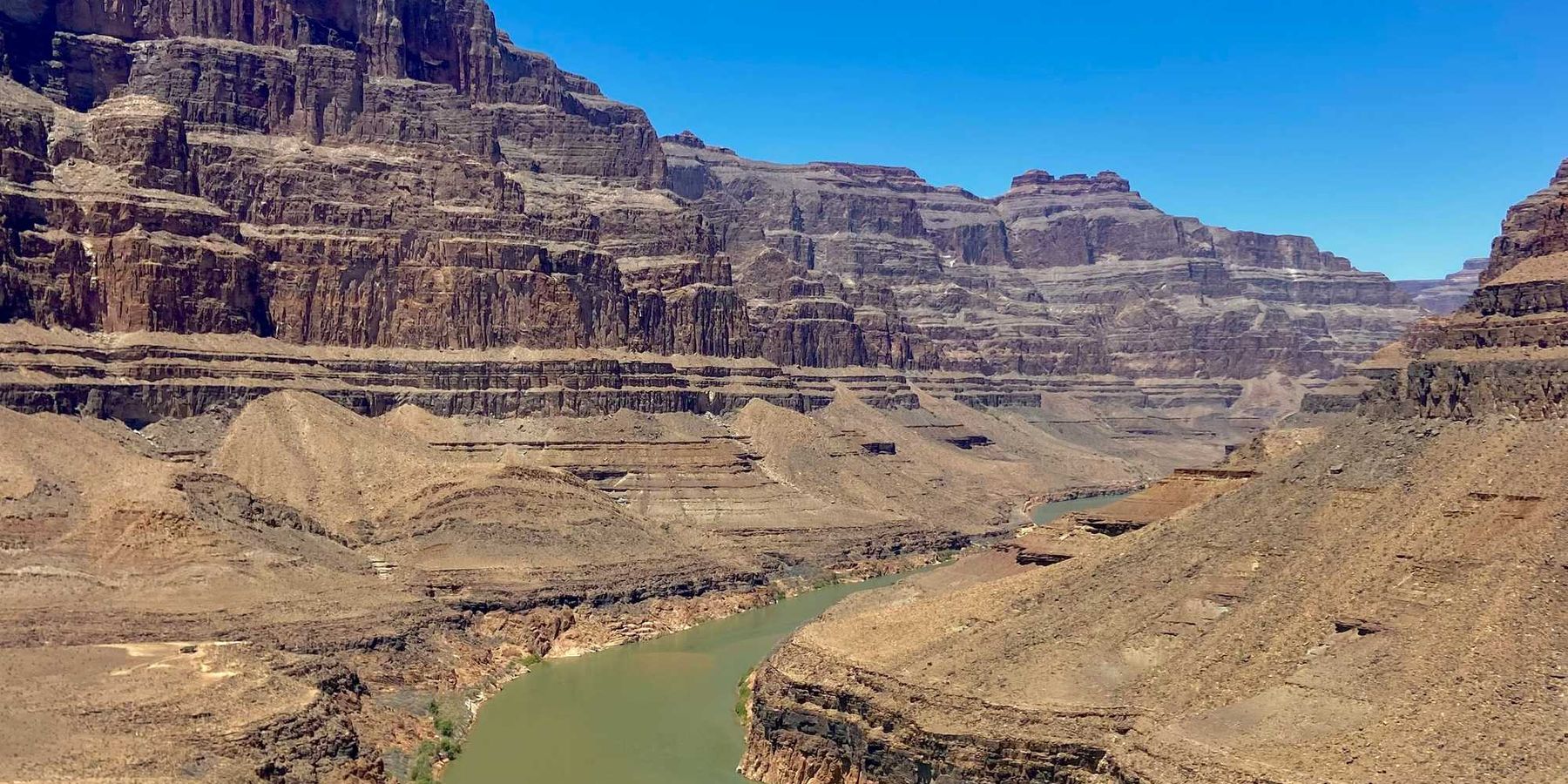Trump administration moves to revive controversial drilling plan in protected Alaska wilderness
The Trump administration is moving to scrap environmental protections in Alaska’s North Slope, opening up millions of acres of fragile wilderness to oil drilling and mining.
Lisa Friedman reports for The New York Times.
In short:
- Interior Secretary Doug Burgum announced plans to reverse Biden-era limits on oil and gas development in the National Petroleum Reserve-Alaska, arguing that the previous administration overreached.
- The reserve is the largest single piece of public land in the U.S., home to caribou, polar bears, migratory birds, and Indigenous communities who rely on the land for subsistence.
- Critics say the move will worsen the climate crisis, accelerate permafrost melt, and harm wildlife and traditional food systems, especially as Alaska warms far faster than the rest of the world.
Key quote:
“This move will accelerate the climate crisis at a time when the ground beneath Alaska communities is literally melting away and subsistence foods are in decline.”
— Matt Jackson, Alaska senior manager, The Wilderness Society
Why this matters:
The Trump administration is again aiming its drill bits at one of the most climate-sensitive places on Earth. Warming is happening up here at twice the global average, and melting permafrost is already warping roads and buildings as well as releasing planet-heating methane. Opening up more land to fossil fuel development not only risks destroying vital ecosystems, but also contributes to a worsening public health crisis driven by climate change. However, as Friedman notes in her reporting, Trump's Day 1 executive order opening the National Arctic Wildlife Refuge to drilling was a flop: A subsequent lease sale didn't garner a single bid.
Read more: Oil and gas production responsible for $77 billion in annual US health damages

